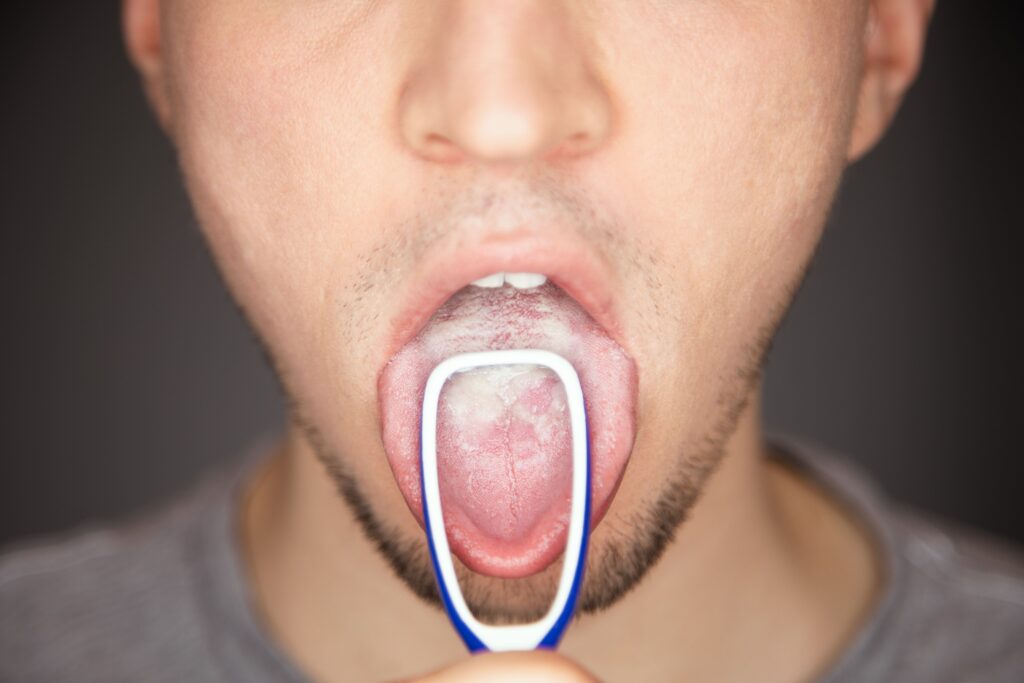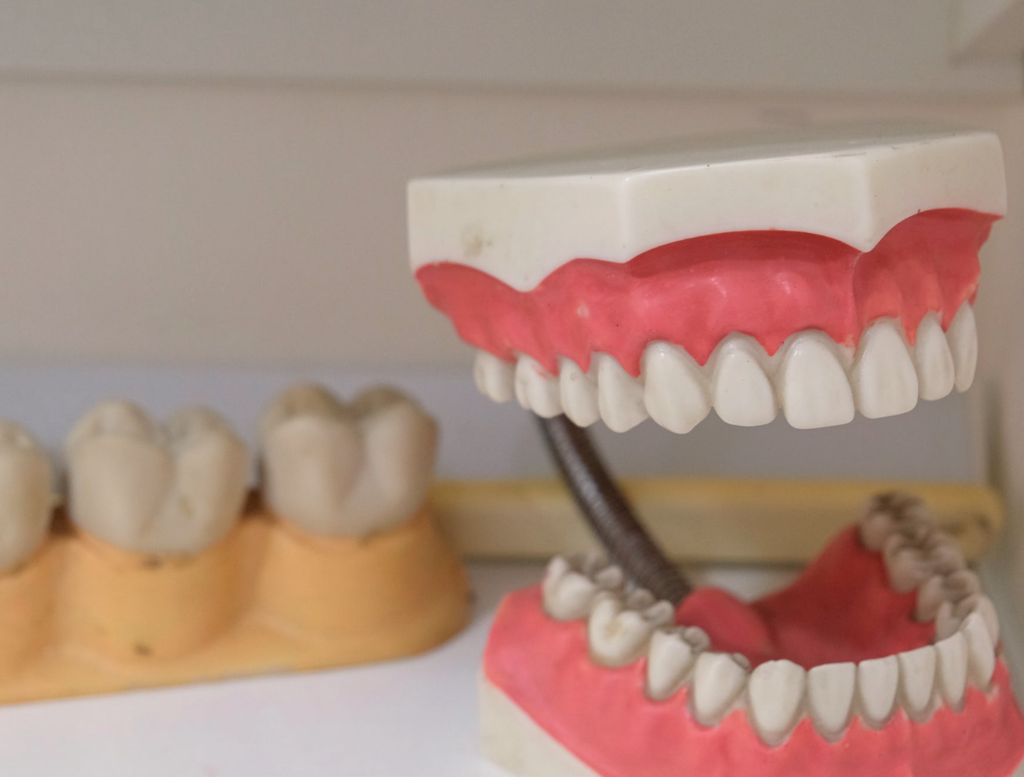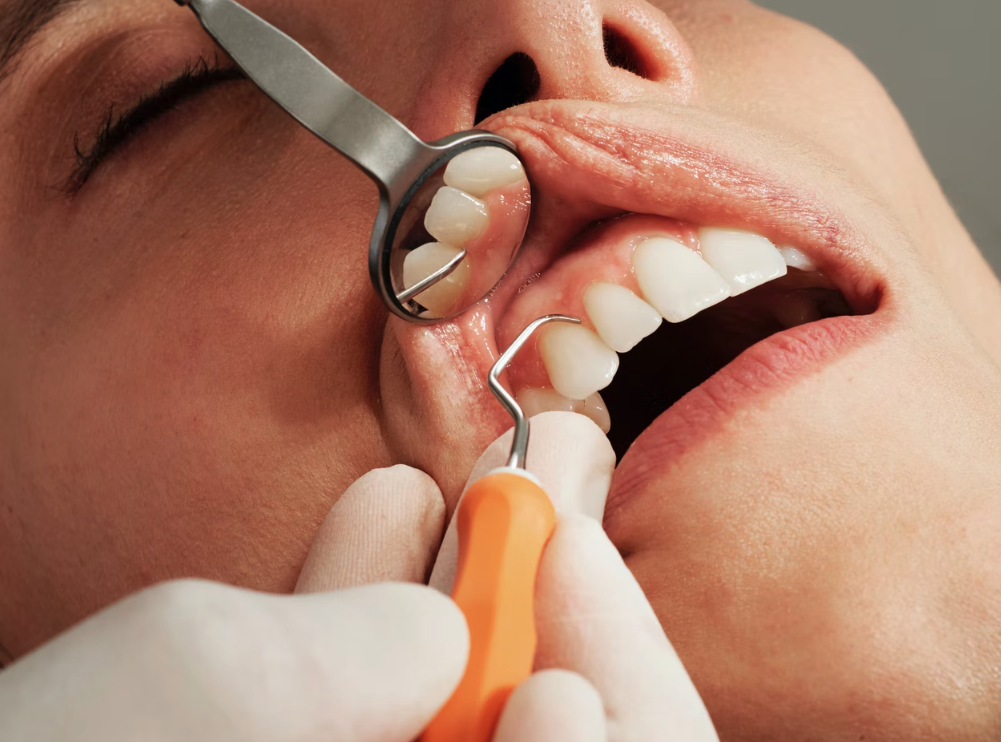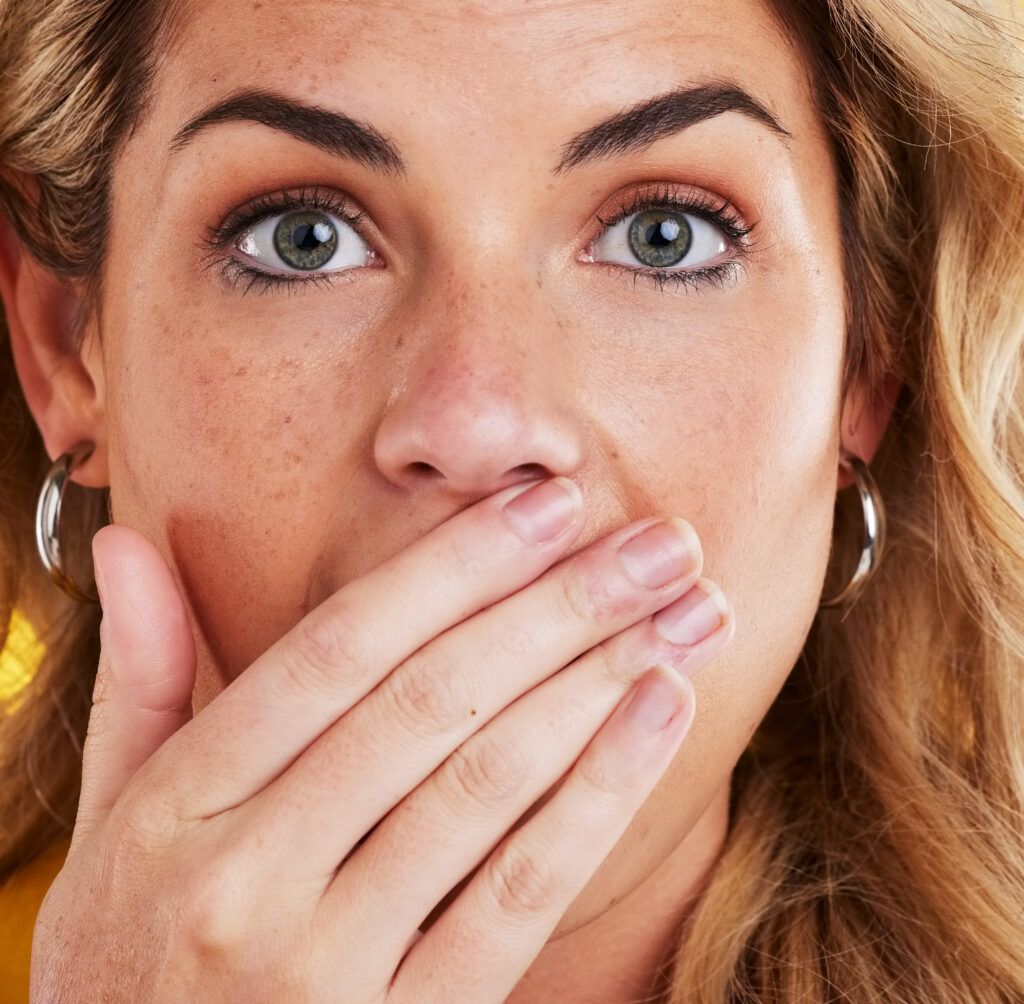Flossing is an essential step in keeping your teeth and gums healthy. It removes food particles, plaque, and bacteria from spaces your toothbrush can’t reach. But if you’ve noticed a bad odor during or after flossing, you’re not alone.
Many people experience this, and while it can be unpleasant, it’s also a useful signal about your oral health. If you’ve ever wondered, “Why does it stink when I floss?” you’re not alone. Let’s explore what causes this smell and how to address it.
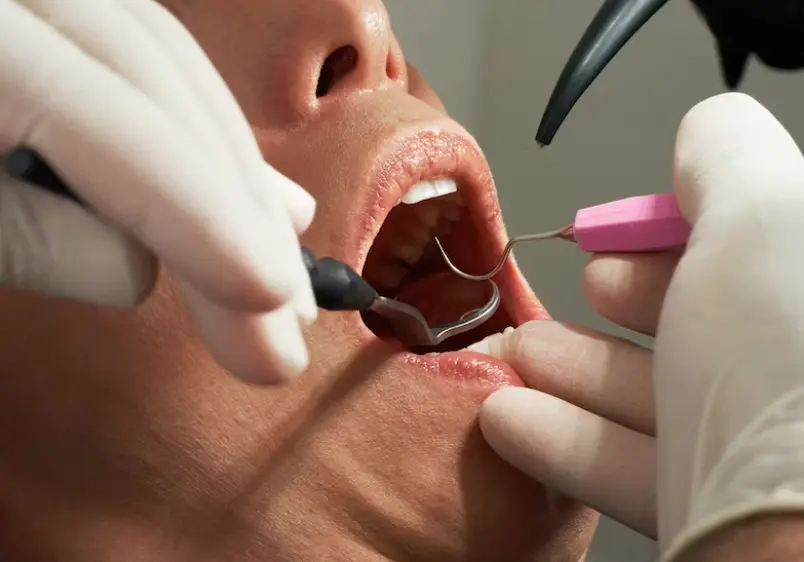
What Are Some Of The Main Causes Of Bad Smells When Flossing?
Several factors can contribute to a bad smell when you floss. Understanding these reasons can help you take steps to keep your mouth fresher.
1. Trapped Food Particles
- Tiny pieces of food can get stuck between your teeth, especially after eating sticky or fibrous foods.
- If these bits of food aren’t removed promptly, they begin to break down and release an unpleasant odor.
2. Bacteria in Plaque
- Your mouth naturally contains bacteria. When these bacteria mix with food particles, they create plaque, which can smell bad.
- Some bacteria produce sulfur compounds, which are responsible for odors that resemble rotten eggs.
3. Gum Problems
- If you have gingivitis or periodontal disease, inflamed gums can trap bacteria and create bad smells.
- Flossing these areas might release the bacteria or compounds causing the odor.
4. Irregular Flossing Habits
-
- If you’re not flossing regularly, buildup of plaque and food debris can lead to stronger odors when you do floss.
- Consistency is key to keeping bad smells at bay.
Is It Normal for Floss to Smell?
Yes, a mild odor during flossing is fairly common and usually means your floss is effectively removing things that don’t belong in your mouth. However, if the smell is very strong or constantly bothersome, it might indicate an underlying issue like gum disease or untreated cavities.
How to Reduce or Eliminate the Smell
The good news? You can do plenty to address the smell and improve your overall dental health. Here’s how:
Improve Your Daily Routine
- Brush Before Flossing
-
- Start by brushing your teeth to remove surface food particles and plaque twice a day. This makes flossing more effective. Find the best toothpaste for bad breath to target odors.
- Floss Daily
- Regular flossing prevents food and bacteria from accumulating between your teeth, reducing bad smells over time.
- Scrape Your Tongue
- Use a tongue scraper or your toothbrush to clean your tongue. This removes bacteria that contribute to bad breath.
- Rinse with Mouthwash
- Antibacterial mouthwash helps kill odor-causing bacteria and leaves your mouth feeling fresh.
-
Change your Toothbrush
- How often should you swap out your toothbrush? Experts suggest replacing it every three to four months, or earlier if the bristles start to bend or fray. Overused toothbrushes become less effective at clearing away plaque, leaving harmful bacteria behind. Additionally, worn-out bristles can irritate your gums, making consistent replacements essential.
Stay Consistent with Oral Hygiene
- Visit Your Dentist Regularly
A professional cleaning can remove plaque and tartar buildup that you can’t tackle at home. Schedule check-ups at least twice a year. - Stay Hydrated
Drinking water helps wash away food particles and bacteria, especially if you’ve had a meal and can’t brush right away. - Chew Sugar-Free Gum
Gum stimulates saliva flow, which neutralizes odors and helps clean your teeth naturally.
Address Underlying Issues
If you’re still struggling with strong odors, it may be a sign of a deeper problem, such as:
- Cavities
Cavities between teeth often hide decay, creating spaces that trap food and bacteria, which can lead to a lingering unpleasant odor. - Gum Disease
Conditions like gingivitis and periodontitis can cause bad breath when bacteria thrive in gum pockets. Your dentist can help treat these issues.
Practical Tips for Fresh Flossing
Here are some simple tips to make flossing more pleasant and effective:
- Use the Right Technique
Slide the floss gently up and down each side of your teeth, curving it around the base of each tooth. Avoid snapping it into your gums, which can cause irritation. - Choose Scented Floss
The best floss for helping to cover bad breath is a scented one. Mint or cinnamon-flavored floss can make the experience fresher and more enjoyable. - Experiment with Tools
Consider alternatives like floss picks, water flossers, or interdental brushes if traditional floss feels less effective or uncomfortable for you.
Why Managing Oral Hygiene Matters
Flossing isn’t just about keeping your mouth fresh. It’s a key part of preventing cavities, gum disease, and bad breath. Leftover food and bacteria between your teeth can lead to more serious health issues over time—but with consistent care, you can avoid these problems.
When to See Your Dentist
It’s important to know when to contact your dentist. If you notice any of the following issues, it’s a good idea to schedule an appointment:
- Persistent strong smells even after flossing regularly
- Bleeding or swollen gums
- Pain while flossing or eating
It’s time to schedule an appointment. Your dentist can identify and resolve any issues before they worsen.
Final Thoughts
While an unpleasant smell during flossing isn’t fun, it’s a sign that your floss is doing its job. By adopting a solid oral hygiene routine, staying hydrated, and visiting your dentist regularly, you can keep your breath fresh and your mouth healthy. Remember, a little prevention goes a long way toward maintaining both your confidence and your smile.



